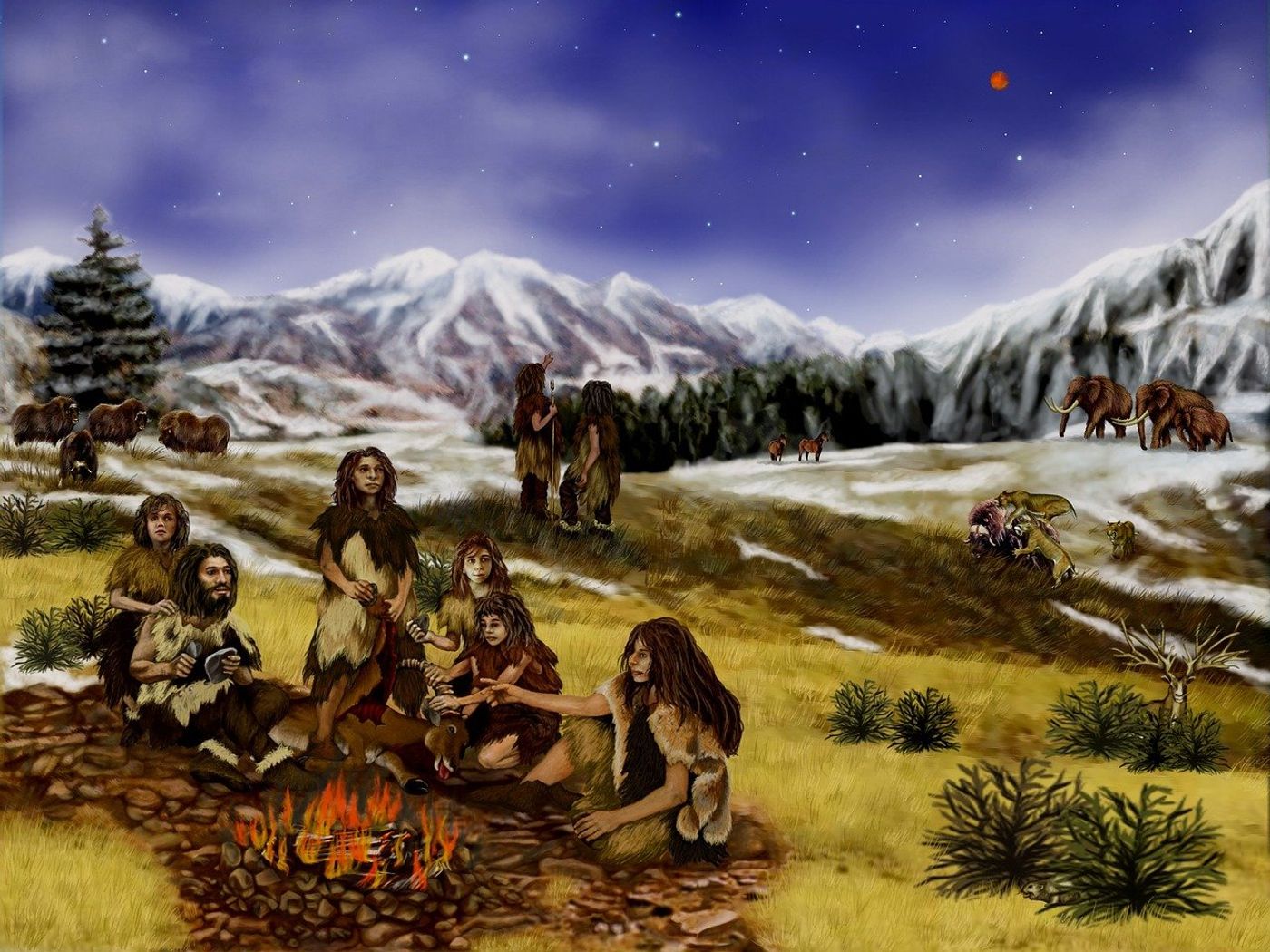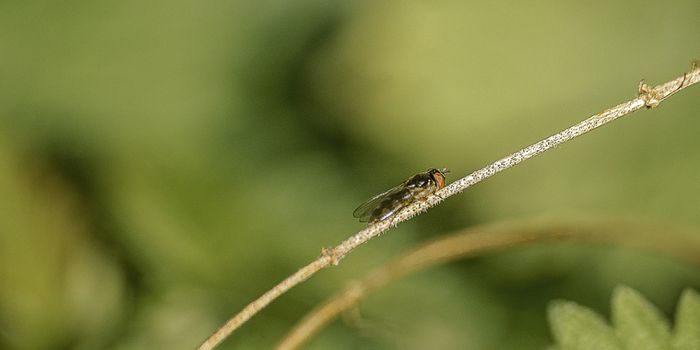Genetic insight into a Neandertal community
49,000 years ago, deep in the Altai Mountains of Siberia lived a teenage girl who lost a tooth. That tooth would be found by scientists centuries later, and provide the first clues into the social structure of the Neandertals. This tooth provided the basis for sequencing the genome of several individuals, revealing a father-daughter pair (the daughter is to whom that tooth belonged) and other insights into the social structure of our ancestors.
In a new study published in Nature last week, scientists from the Max Planck Institute of Evolutionary Anthropology reveal more insights into this Neandertal clan. Using fossils from the Chagyrskaya and Okladnikov Caves, researchers were successfully able to sequence the genomes of 17 different individuals. These fossils once belonged to a host of individuals, including seven men and six women. Of the 17 individuals, eight were adults and five were children or young teenagers. During the genome sequencing, researchers also discovered heteroplasmies, or a special kind of genetic variant that only persists for small number of generations.
The heteroplasmies and other genetic information revealed two particularly close relationships: the teenage daughter and her father announced earlier and a young boy and an adult woman, perhaps and aunt or grandmother. But, what is more exciting is that these hetroplasmies and close relationships means that the Neandertals lived (and perhaps also died) around the same time.
The study’s authors argue that this means we now have insight into a Neandertal social community, and therefore we are able to use genetics to understand social structures. The relatively low genetic diversity found within this sample also contributes to understanding social structure. Y-chromosomes are inherited father-to-son, while mitochondrial DNA is inherited from mothers, allowing the research team to tackle the question: who moves between social communities? We know from non-human primates that the males often leave their natal group (as is the case with gorillas, for example) but of course the evidence must first exist before we can make claims about hominins.
As it turns out, the mitochondrial genetic diversity was higher than the Y-chromosome diversity, suggesting that females were often the ones to migrate from their natal groups. The researchers were sure to point out, however, that this is just one Neandertal group. Humans, as we know, are quite flexible and different cultural norms exist in different communities—we have no way of knowing whether these results pertain to all Neandertals or just this group.
Regardless, this insight into social structure may help overturn the outdated notion that Neandertals are primitive, brutish creatures and learning more about how they lived helps to humanize them. Besides, as the authors say in an interview with NPR, these individuals lived about 10,000 years before the species went extinct; these Neandertals were probably some of the last of their kind.
Sources: Labroots, Nature 2022, Nature 2020, Phys.org, Massive Science, NPR









